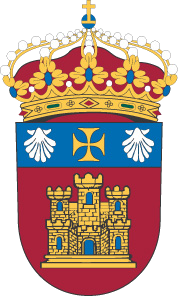Por favor, use este identificador para citar o enlazar este ítem: http://hdl.handle.net/10259/10013
Título
Revisiting Fairy-Tale Land through a Gender Lens in Emma Donoghue’s Kissing the Witch
Publicado en
Contemporary Fairy-Tale Magic: Subverting Gender and Genre, p. 21–31
Editorial
Brill
Fecha de publicación
2020-01
ISBN
978-90-04-41899-8
DOI
10.1163/9789004418998_004
Abstract
By the end of the twentieth century, feminist and postmodern criticism had bolstered a literary outburst that presented a challenge to the fairy-tale tradition. A wave of fictional re-writings emerged to address an adult audience with challenging plots and innovative ideas. In 1997, acclaimed Irish writer Emma Donoghue published her first story collection Kissing the Witch: Old Tales in New Skins, a re-writing of thirteen classic tales from Andersen, Perrault and the Brothers Grimm. Its singularity did not go unnoticed and the book was shortlisted for a James Tiptree Award and named an ala Popular Paperback for Young Adults. Donoghue’s stories offer alternative possibilities of female emancipation that reach beyond the boundaries of traditional folk plots. Her female characters subvert the canon, bringing to the fore issues hitherto alien to the fairy-tale universe. Accordingly, literary innovations both transcend content and affect form. Narrated in the first person, the stories are interlinked through the use of a recurring ploy that introduces each new tale. This device serves to unify the selected stories and suggests both a collective plot of oppression inherent in the folk tale pattern, and an uncharted tradition of female rebellion, transformation, and success.
Palabras clave
Gender
Intersectionality
Fairy tale
Emma Donoghue
Kissing the Witch
Materia
Literatura irlandesa
Ireland-Literatures
Feminismo
Feminism
Versión del editor
Aparece en las colecciones
Files in questo item
Tamaño:
271.1Kb
Formato:
Adobe PDF










